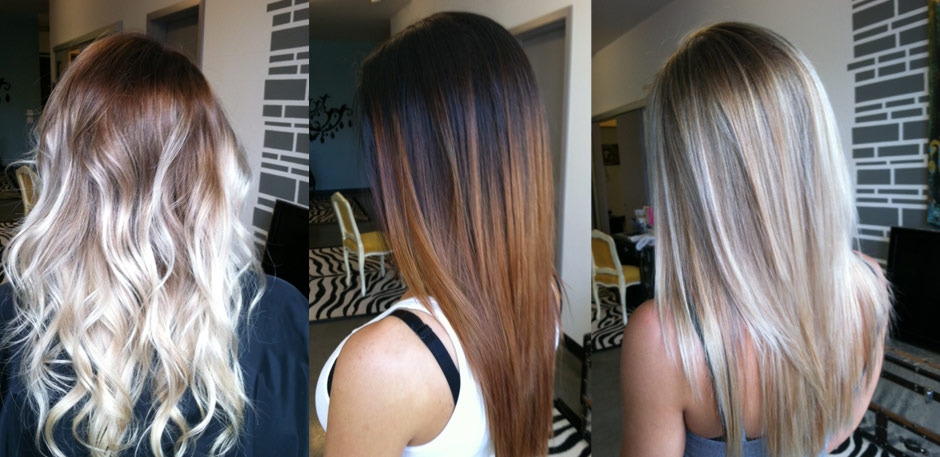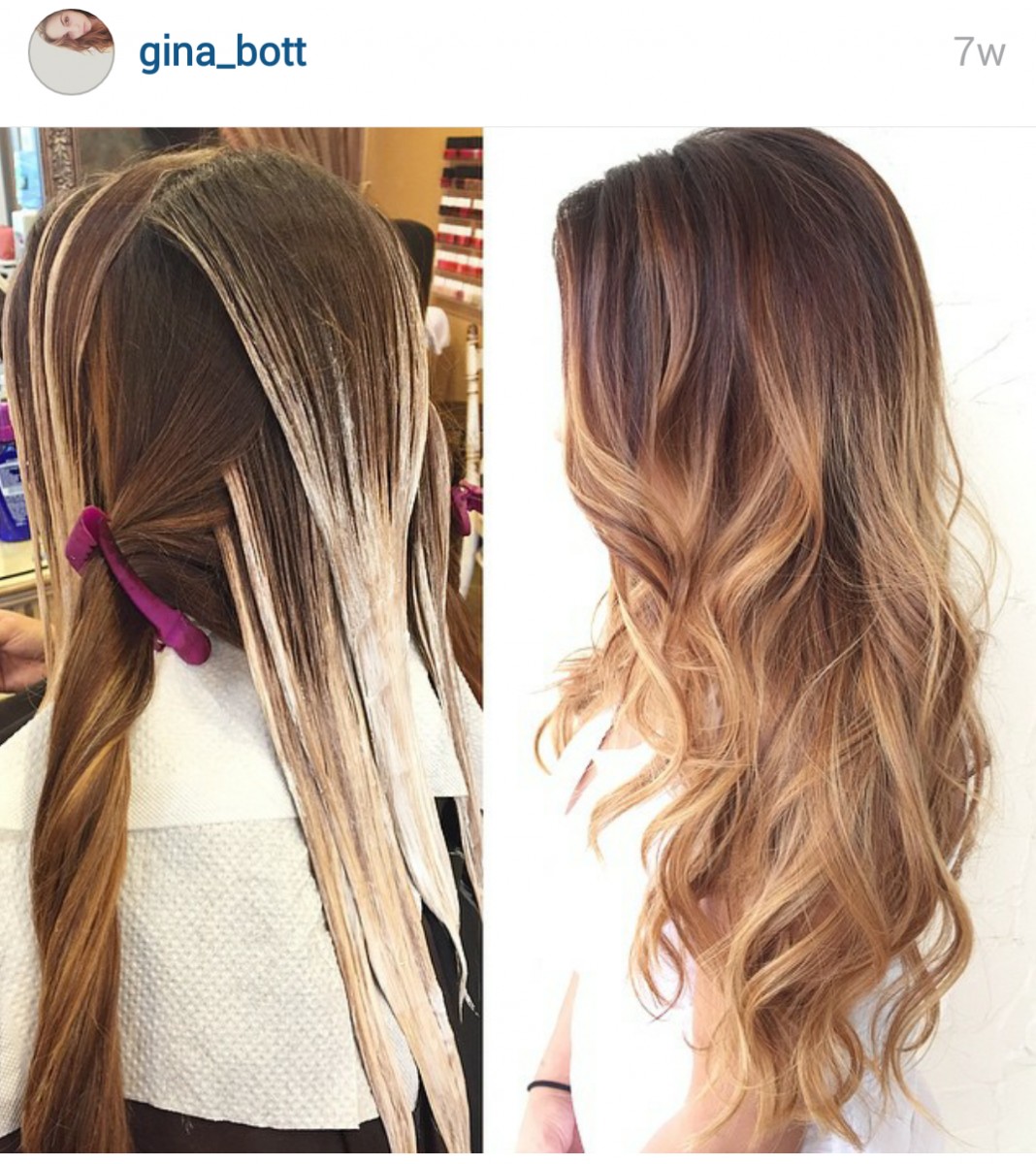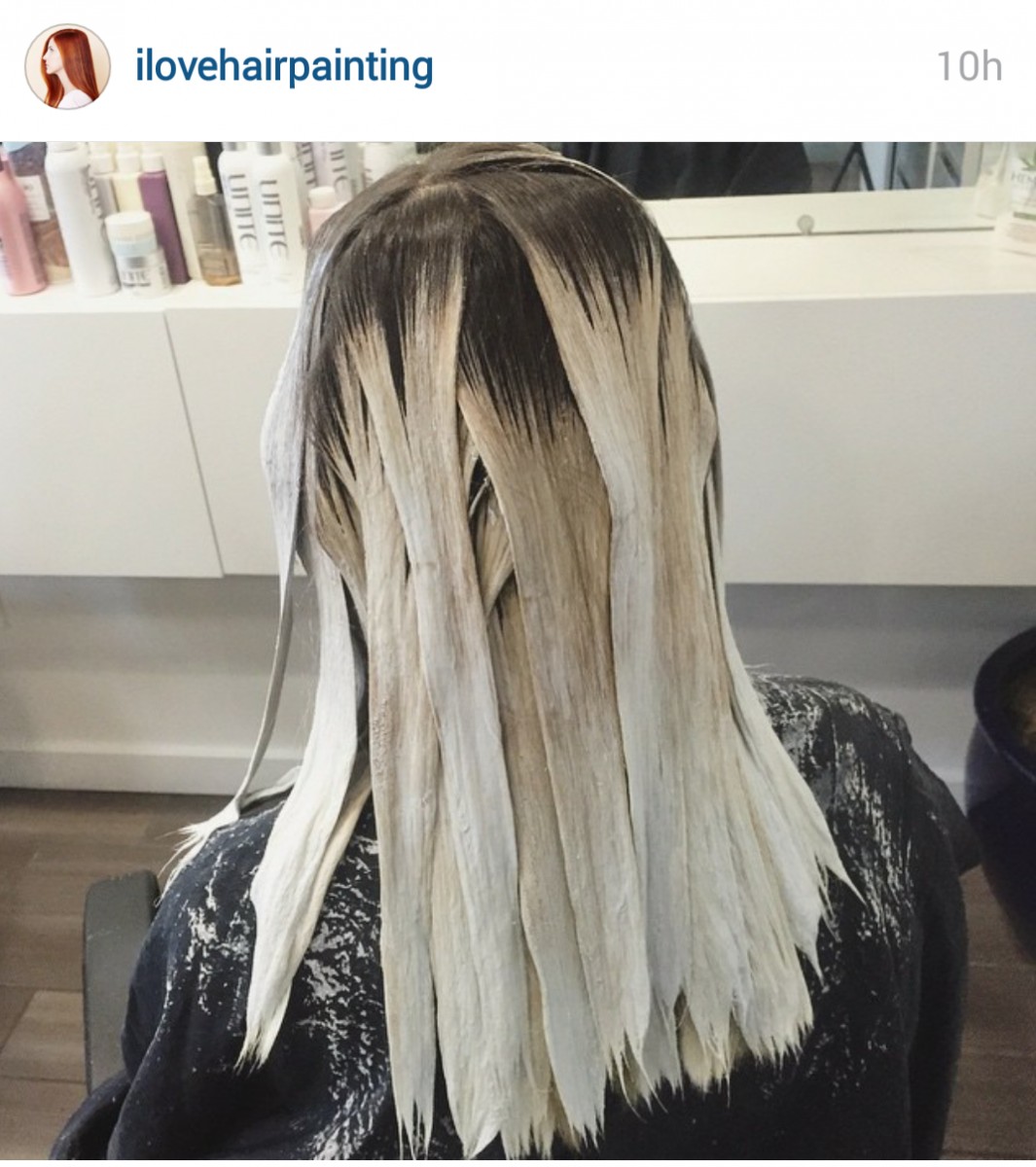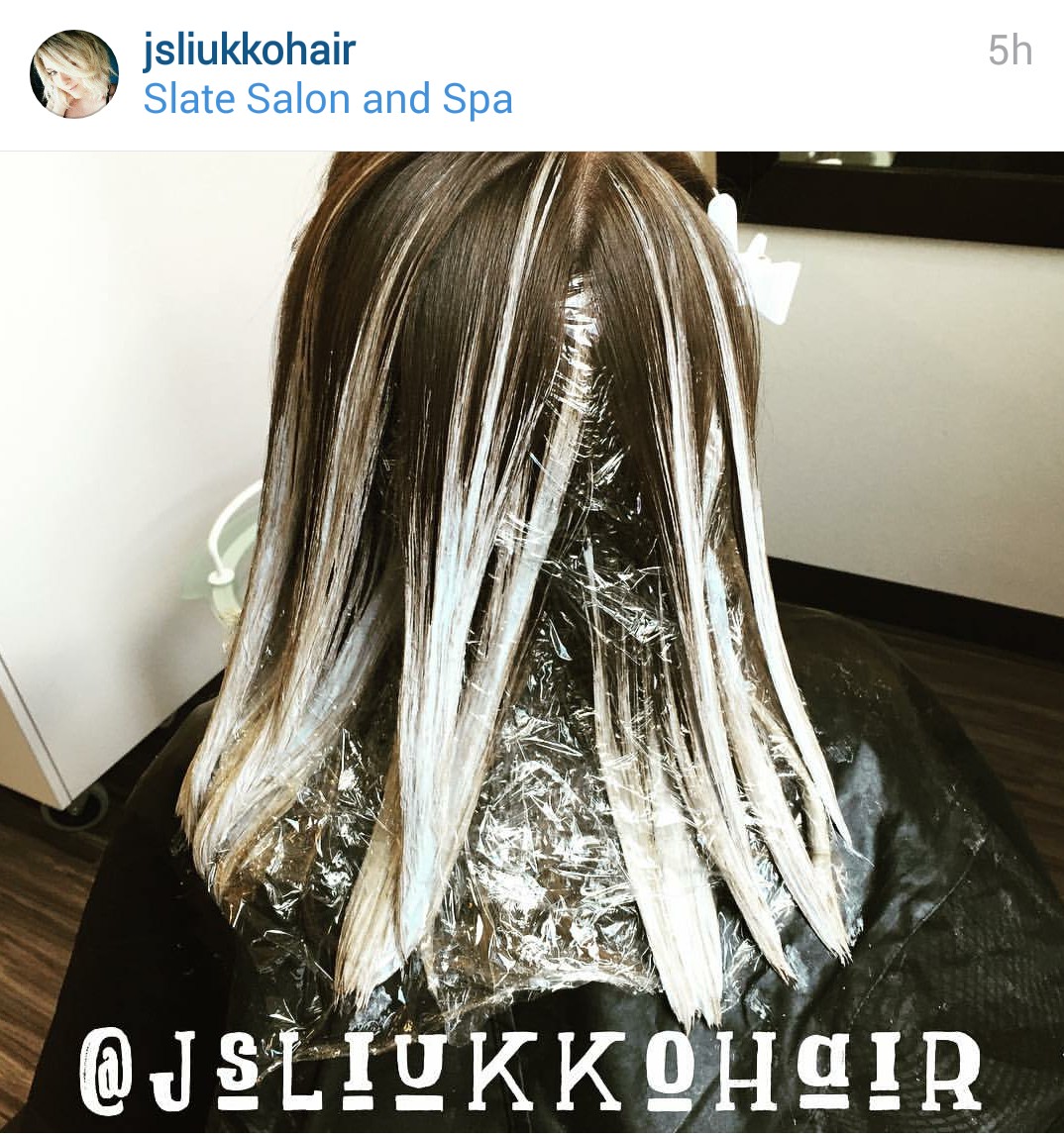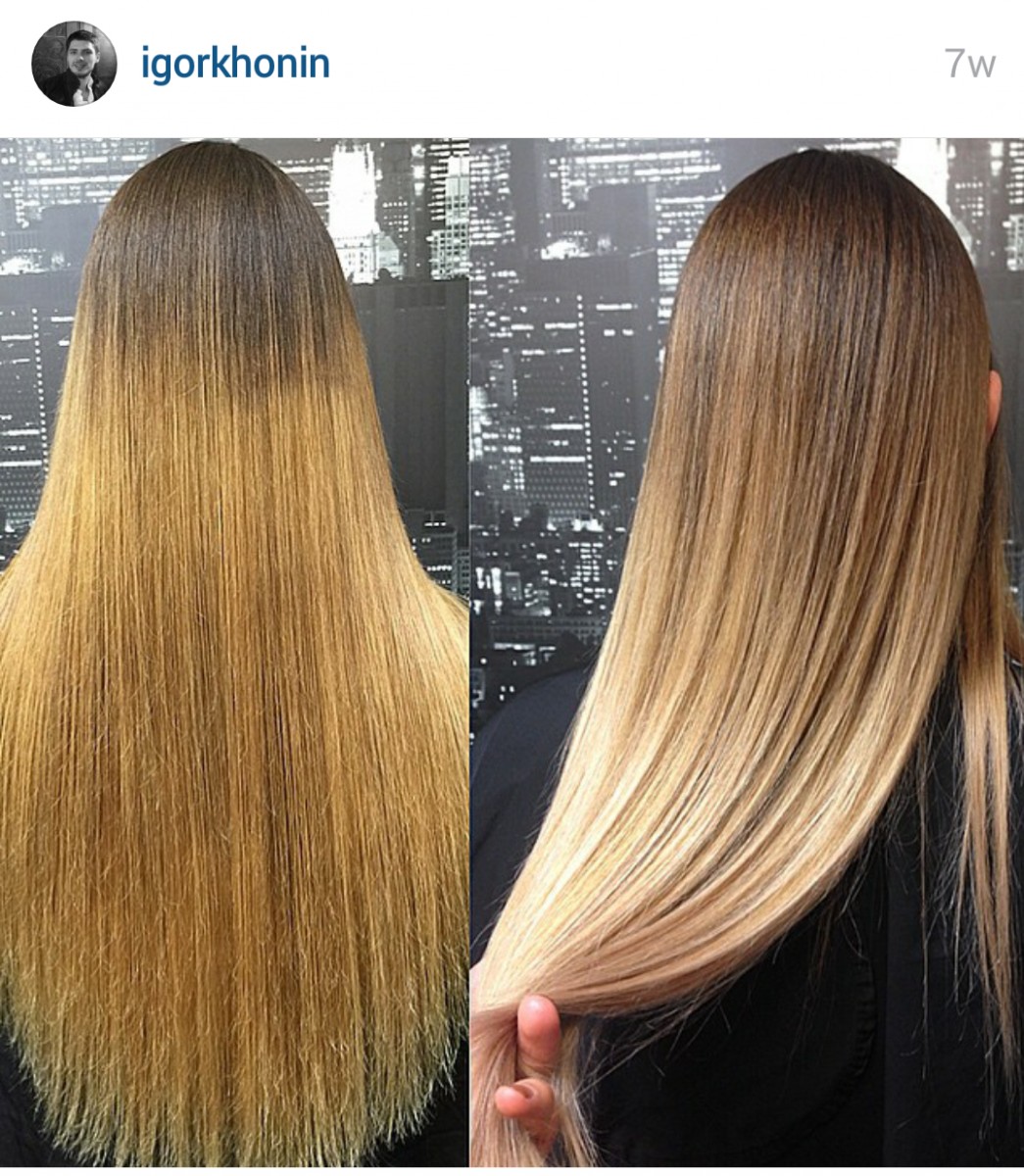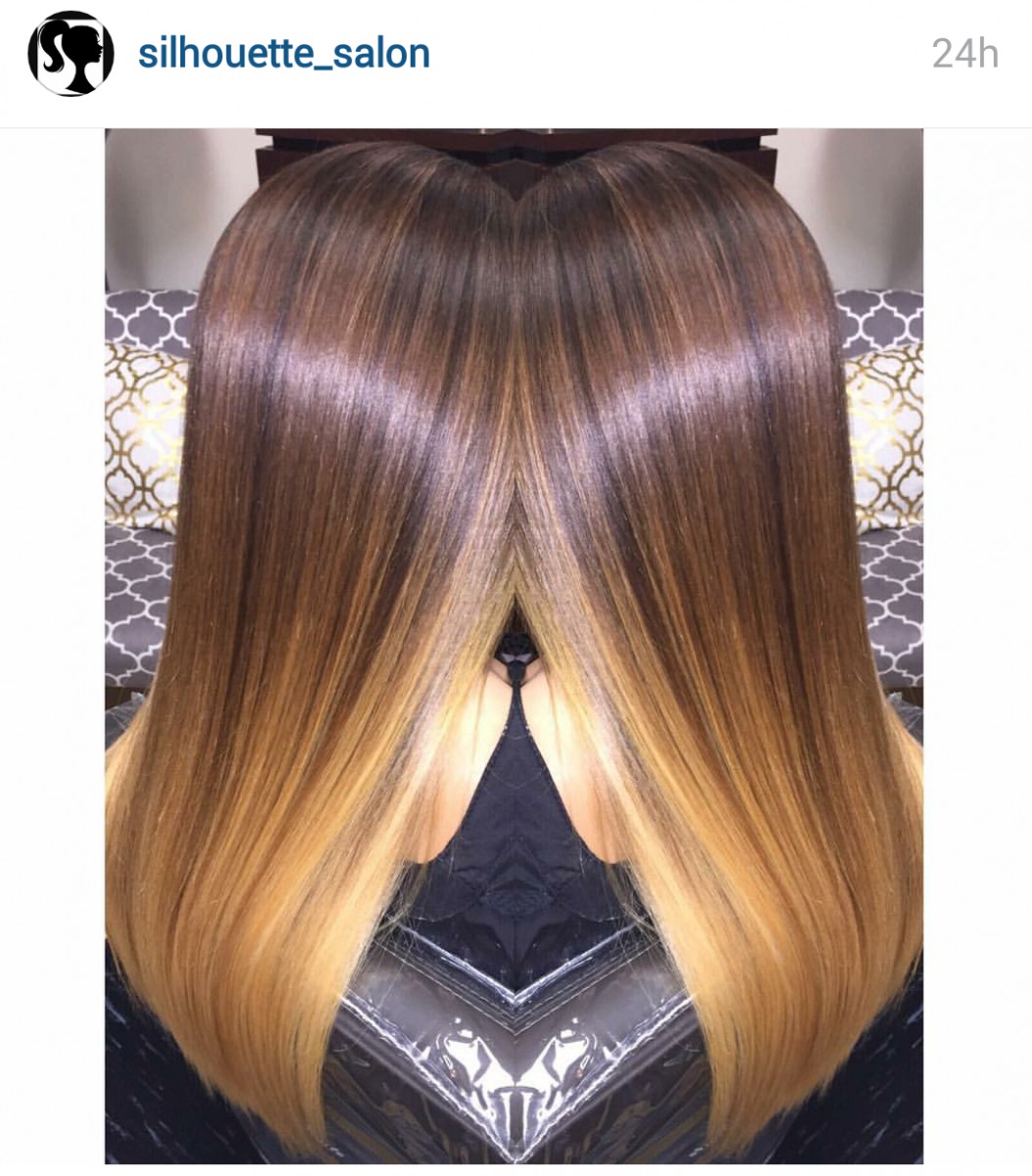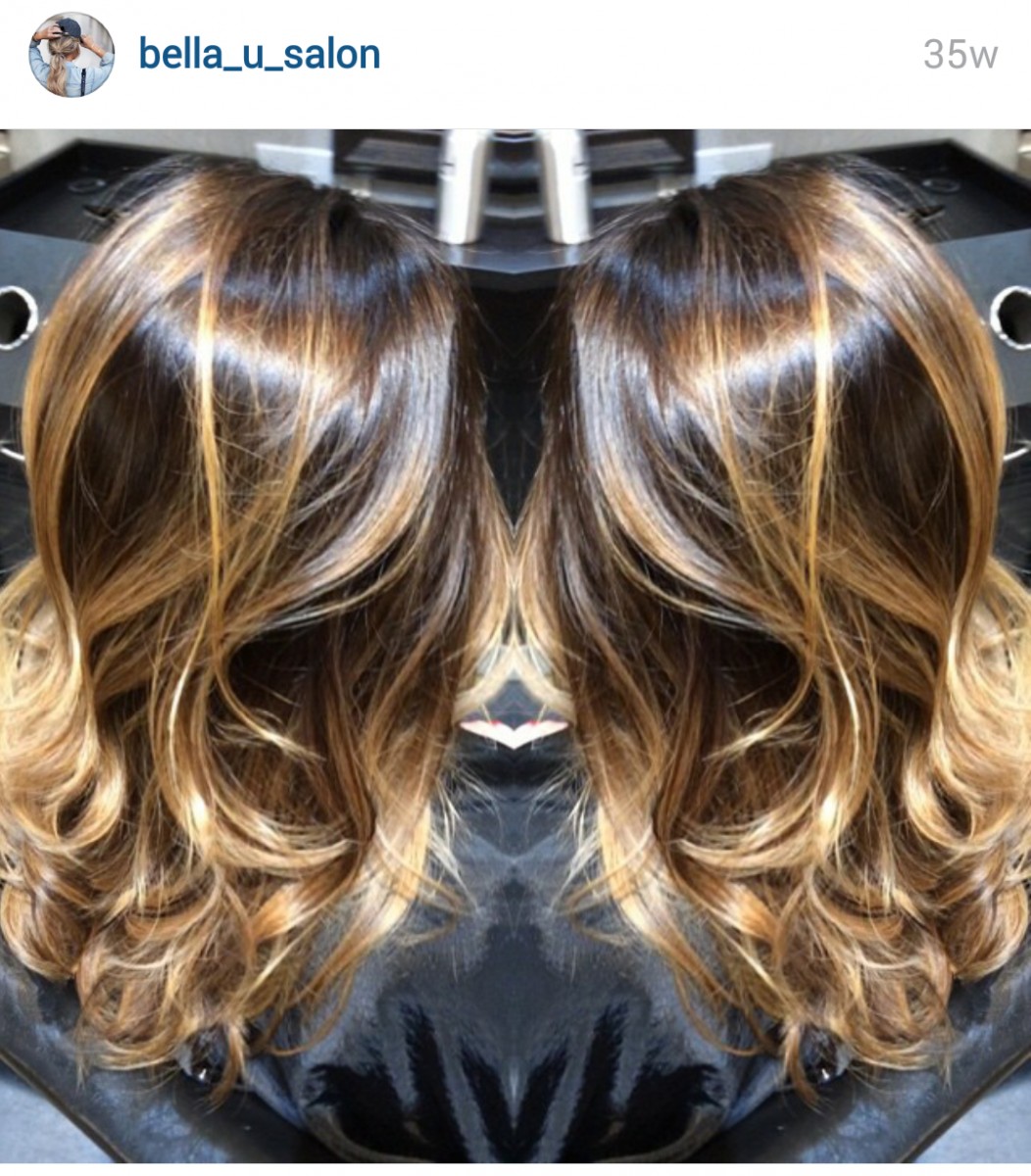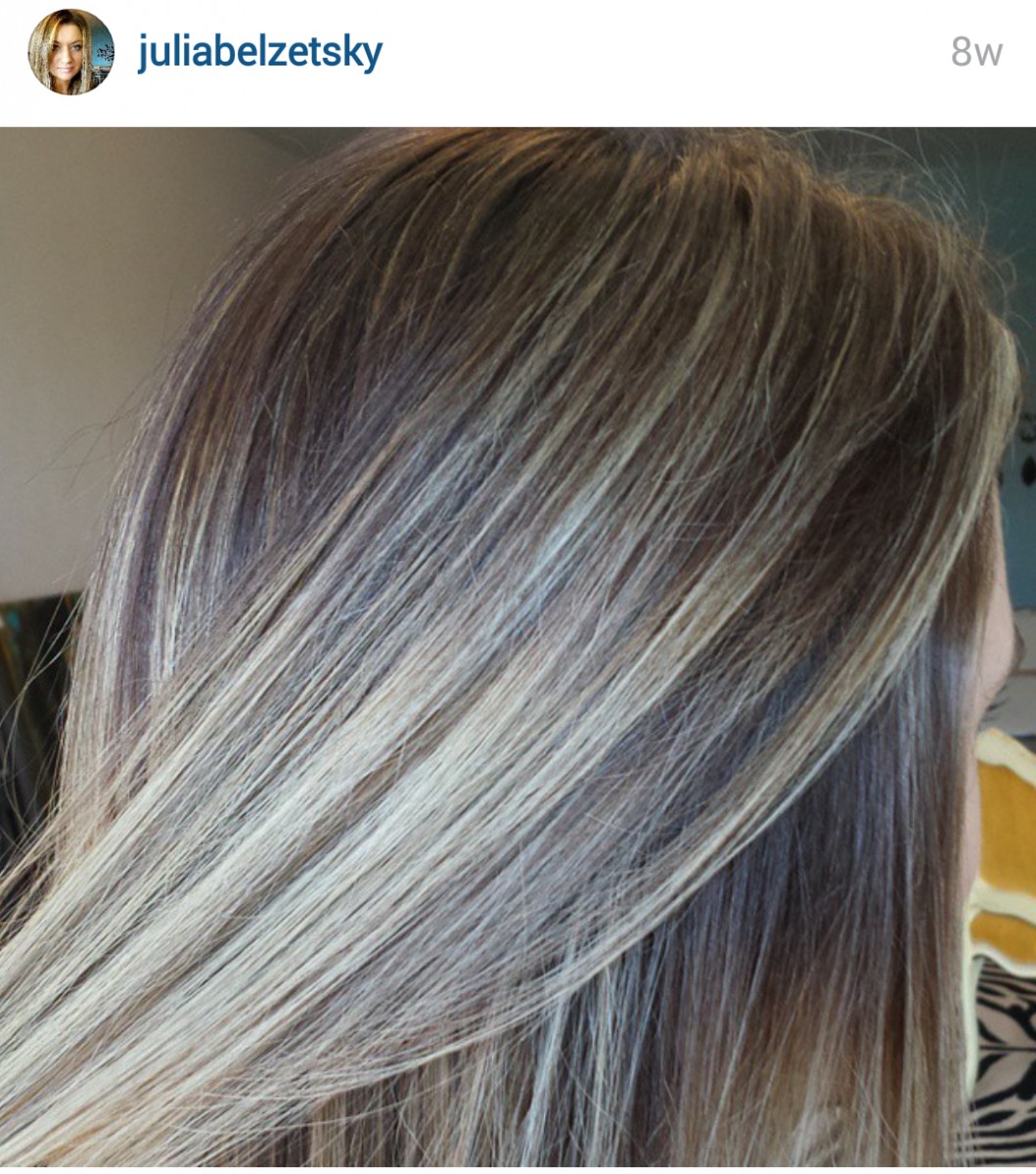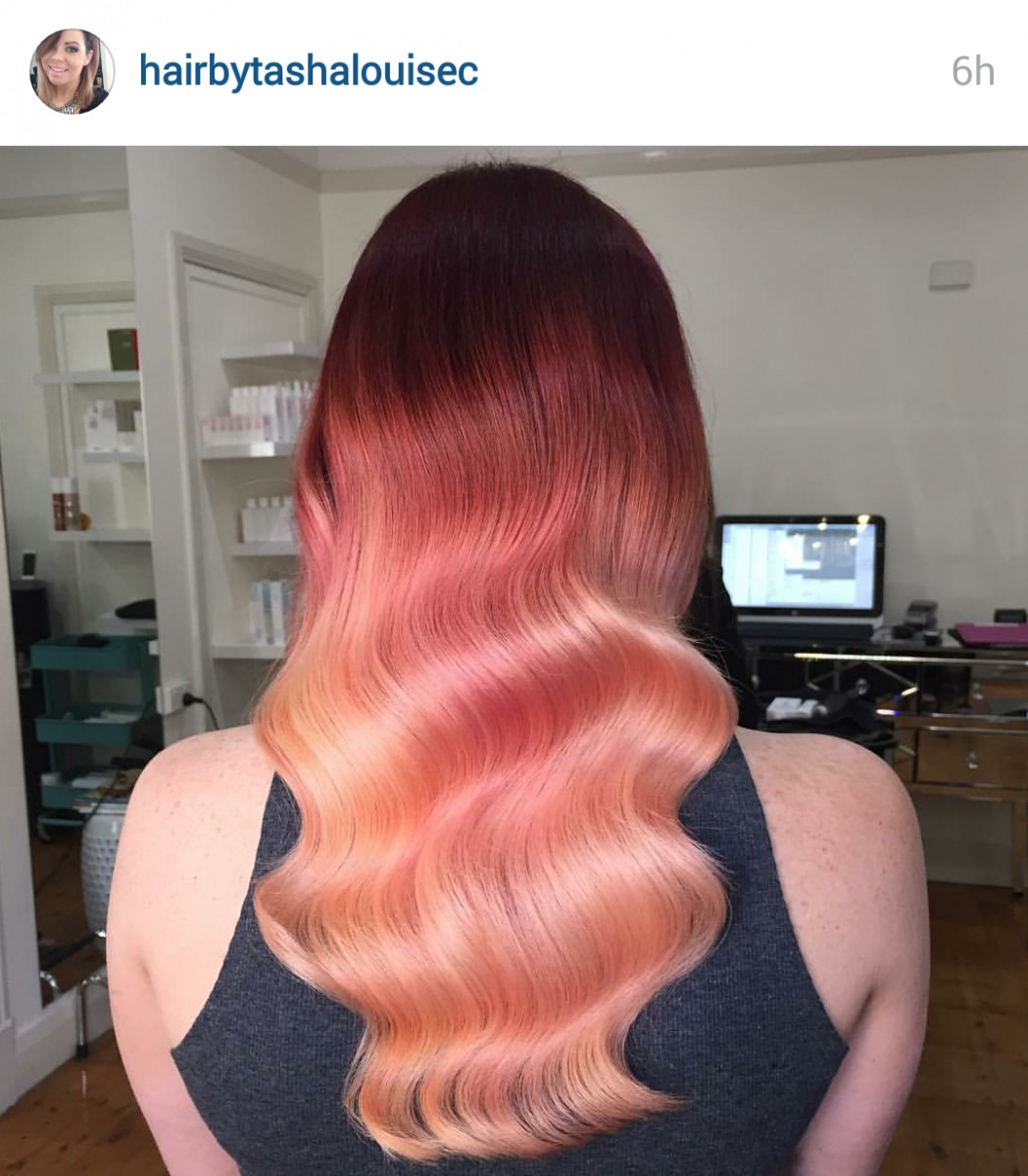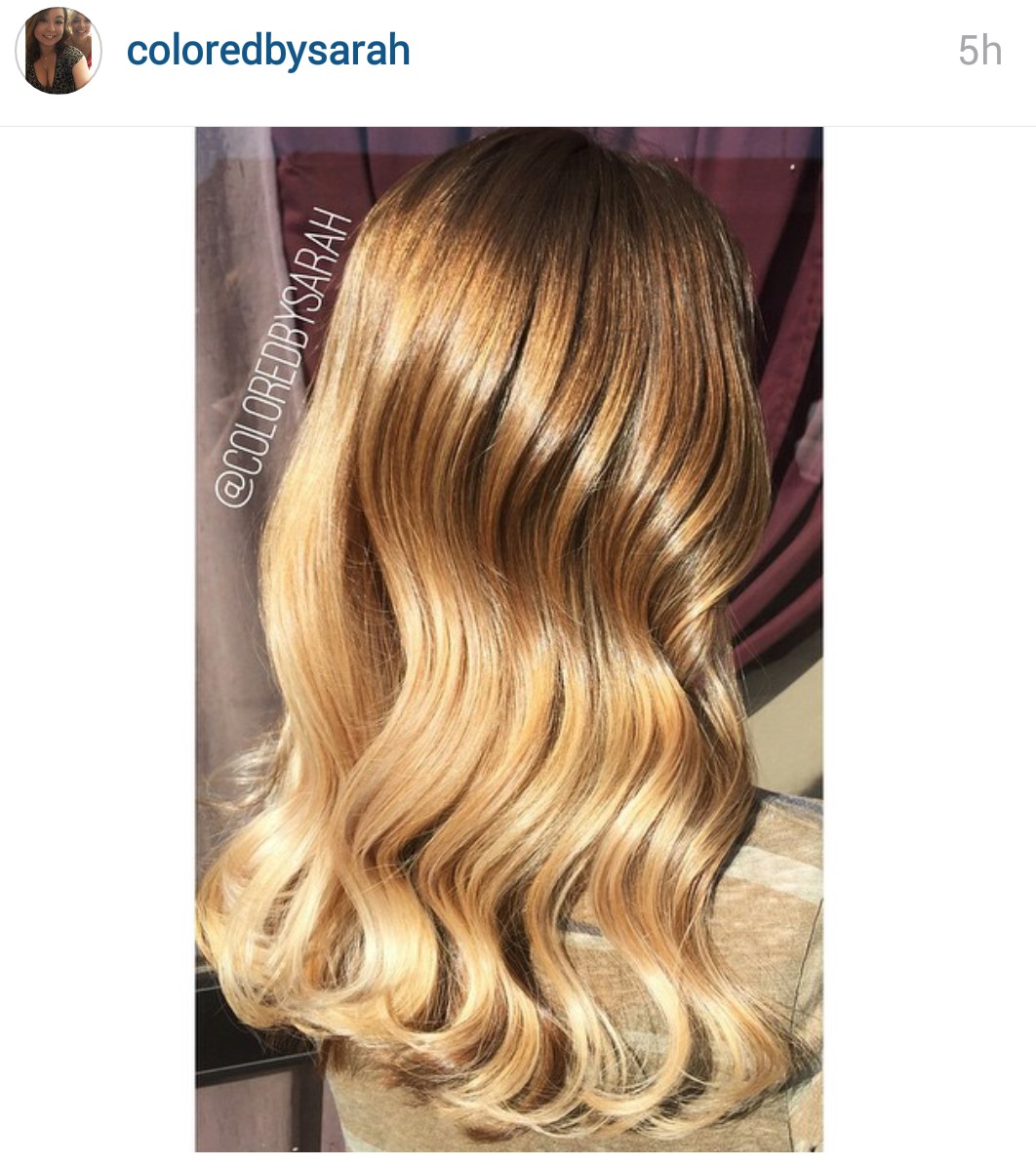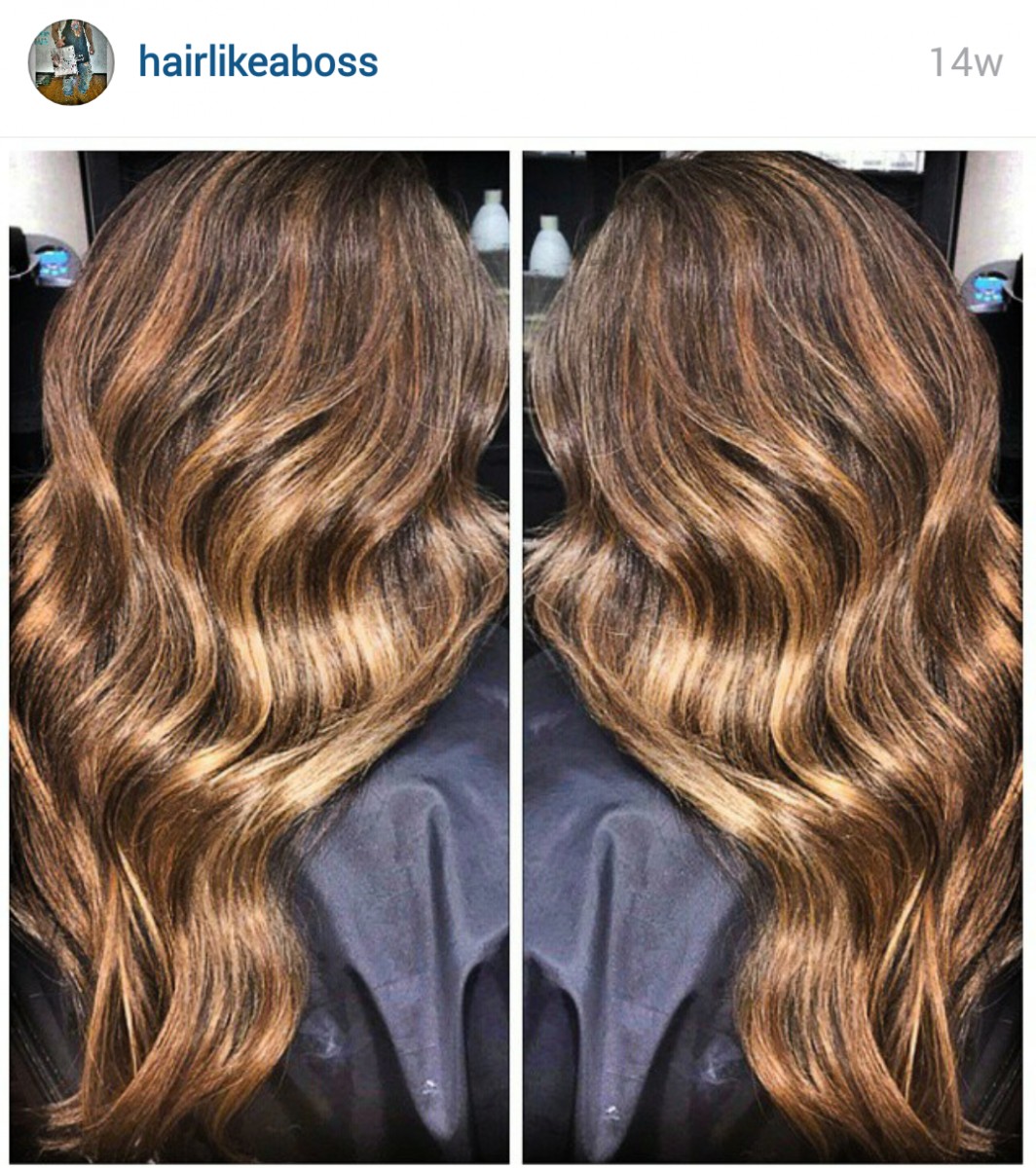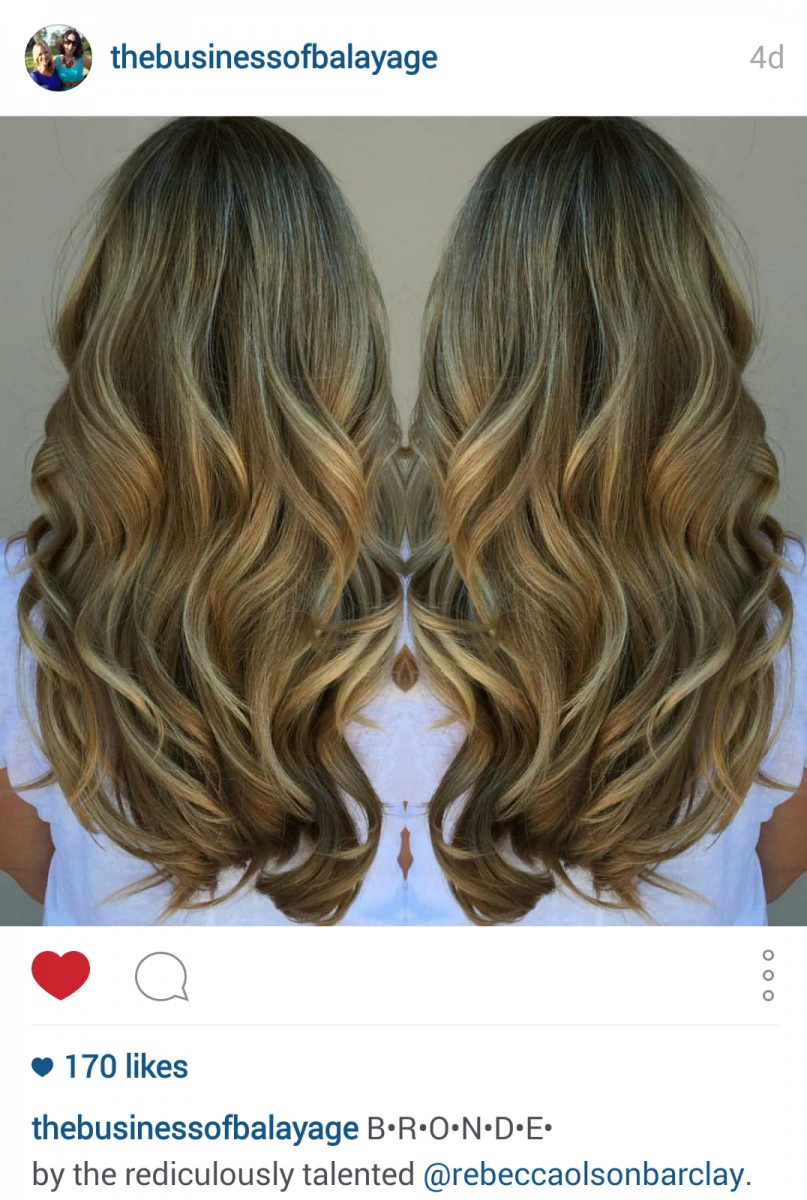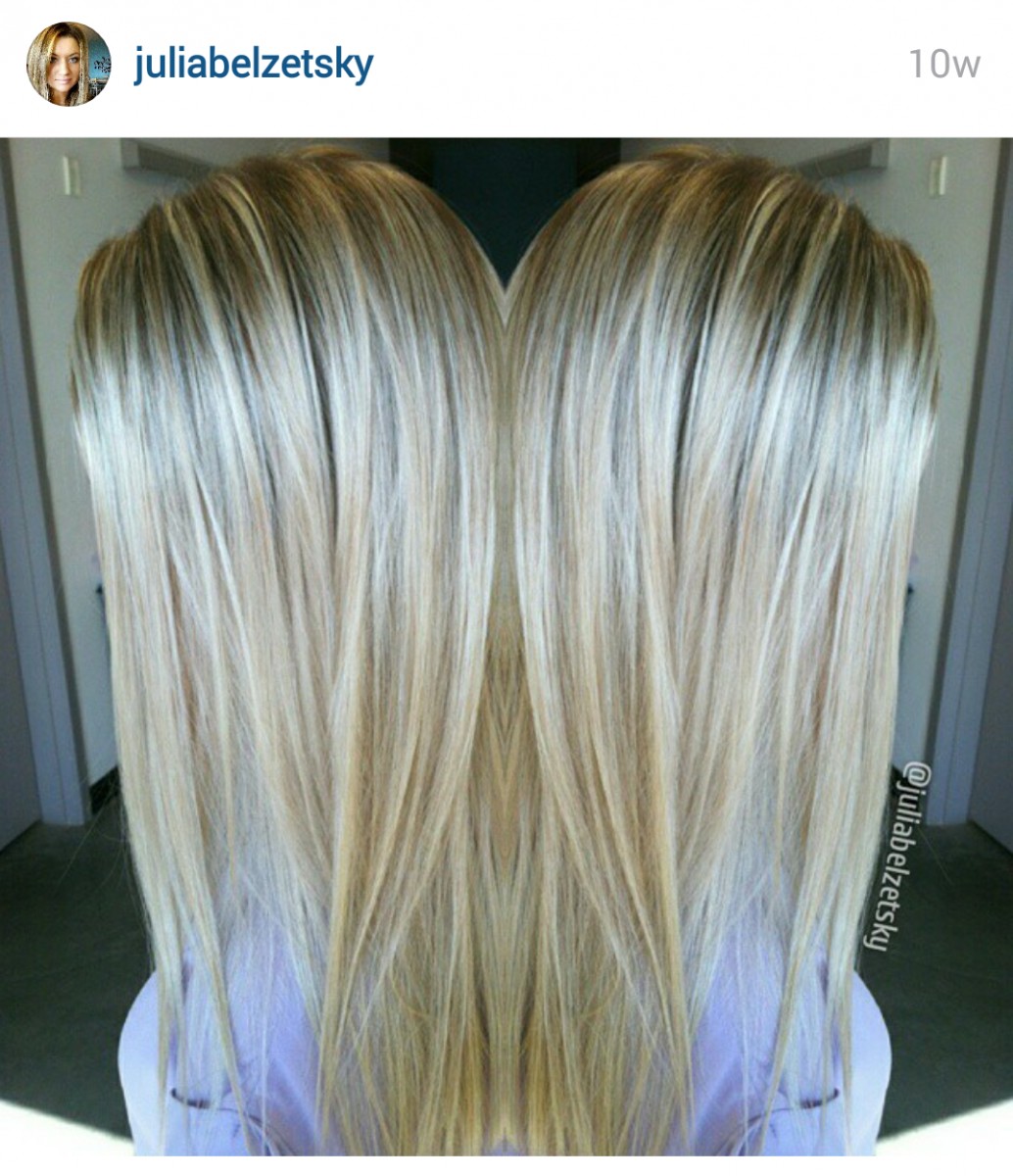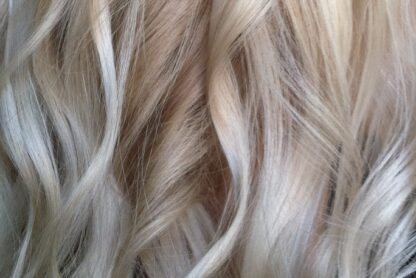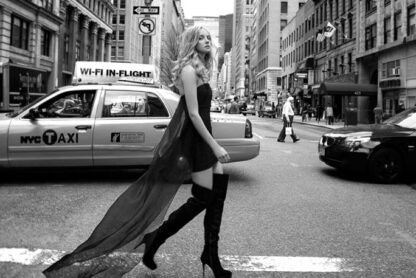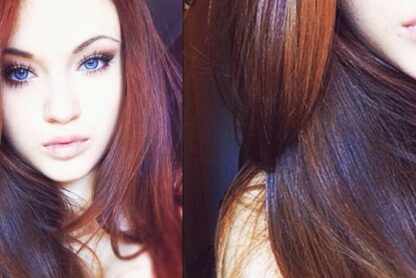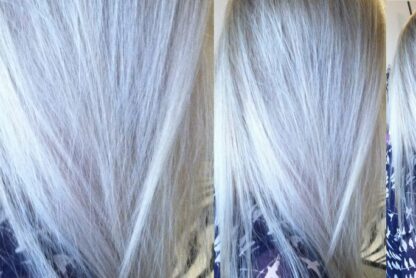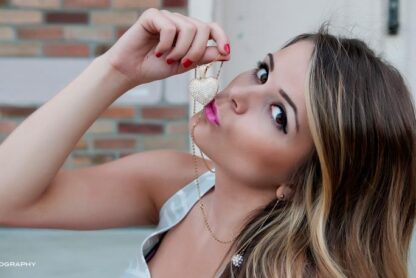Like a Forever Best Friend, Balayage Is Here To Stay!
First of all balayage (pronounced bah-lee-AHZGE) is a technique a stylist uses to highlight your hair, and can be used to achieve many different looks. With balayage, also known as hair painting, the lightener or hair color is painted on in such a way as to create a graduated, natural-looking effect from end to root and is all about creating beautiful blends of multi-dimensional color.
Sometimes a stylist will use cellophanes, foils or mesh strips to separate the sections from bleeding on each other. That part doesn’t matter — it’s still called balayaging. Every stylist has their own unique method to get the job done.
Don’t ever let anyone tell you that balayage is old news or so not in style.
It is and always will be. First of all, it’s not just a look. Balayage is a very difficult technique that stylists have to pay thousands of dollars (and hundreds of hours) to master and perfect. And while that might sound like a steep investment to learn something called “hair painting,” those hours and dollars are well spent! Stylists who are good at creating this ultra-versatile effect get to charge the big bucks. Especially because, when done right, balayage results in a very low-maintenance look, unlike your 6-8 week foil touch up.
Finding a stylist who’s comfortable with the balayage technique can be difficult.
Many stylists have been turned off of the application method after seeing bad results their first few sessions. That’s because, while balayage sounds simple, the effortlessness of the look depends on the stylist’s skill.
Don’t’ get me wrong, foiling hair will always be around as well! There are different ways to get the job done and all can be extremely beautiful when applied well.
Ombré, Sombré, and Babylights — Oh My!
Ombré is a popular look defined by hair that is dark at the root, and blends into a lighter and lighter shade as it gets to the ends. To achieve this stark dark-to-light dip-dyed look, a stylist will use the balayage or hair painting technique.
Sombré is a soft, subtle ombre that typically blends higher up to achieve a more natural look. However, the ends remain all light, with only subtle hints of dimensional darkness going through.
Babylights are micro-highlights that were previously known as “fine foils.” With this method, hair is separated into tiny sections — maybe only a couple of strands each — to achieve a natural look that’s meant to mimic the gorgeous, natural highlights you had as a kid.
Colormelt is when a couple colors are melted together, creating that seamless darker-root-to-lighter-end finish. This is a difficult process for most, and is mainly used on someone who comes in with lighter hair color and wants that darker root to be added on, blending it into the light.
Ecaille: One Of Those New Trends No One Dares to Pronounce
Ecaille, which translates to “tortoiseshell” in French, is a soft and natural looking hair color created by blending multiple shades such as golden blondes, caramels, chestnuts, and chocolates.
Ecaille, which is more of a “look” than a technique, can be done by balayage or simply foiling the hair. By building off of both the ombré and sombré trends, Ecaille both of these looks into an effect that shimmers with alternating tones and a rich feel.
For those who swear they’ve seen this look before? It used to be described as gold highlights with brown lowlights and a clear gloss. But like I said before, don’t worry about the terms. Your stylist will know what to do to take you into the direction you desire.
Have You Heard Of Bronde?
Here is a new one! I follow a page on Instagram The Business Of Balayage and I just saw them using this phrase. They say, “we consider a bronde anyone who has golden bronzey blonde.” By the way check out their site for upcoming balayage classes.
So How Do I Ask For Which Blended Color I Really Want?
The names may change and sound more sophisticated, which is great for ladies looking to feel a little luxe — but don’t be confused!
The best way to explain to your stylist what you want is by showing them an inspiration picture.
The problem with using trendy terms is that everyone may imagine them a little differently. That’s why your best bet is printing out an image that your stylist can use for inspiration anytime they’d like, while working on your hair.
Also if there is something you really love about that picture? Be sure to mention it! The same goes if there is an element of the color that you don’t like — be sure to mention that, too. There more information you give the more everyone can be on the same page.
The awesome thing about all these looks and techniques? They’re low maintenance!
The lightly “rooty” look is in so unless you have lots of grays coming in, your maintenance is pretty low. You may pay more up front for this technical application process, but it will be well worth it down the road.
If you know anyone else who may be confused about how to best ask for this season’s hottest blended colors, please share and pass this on!




